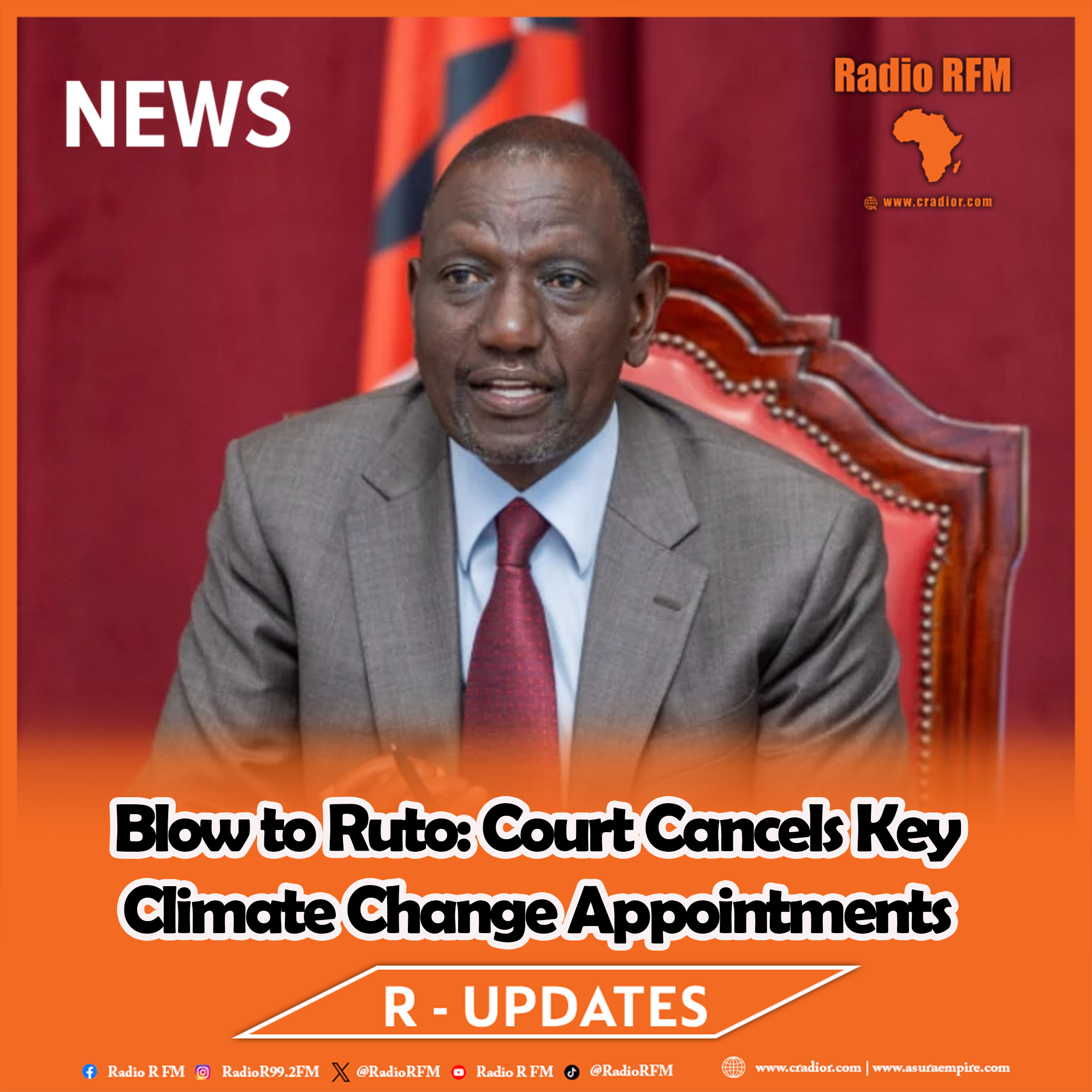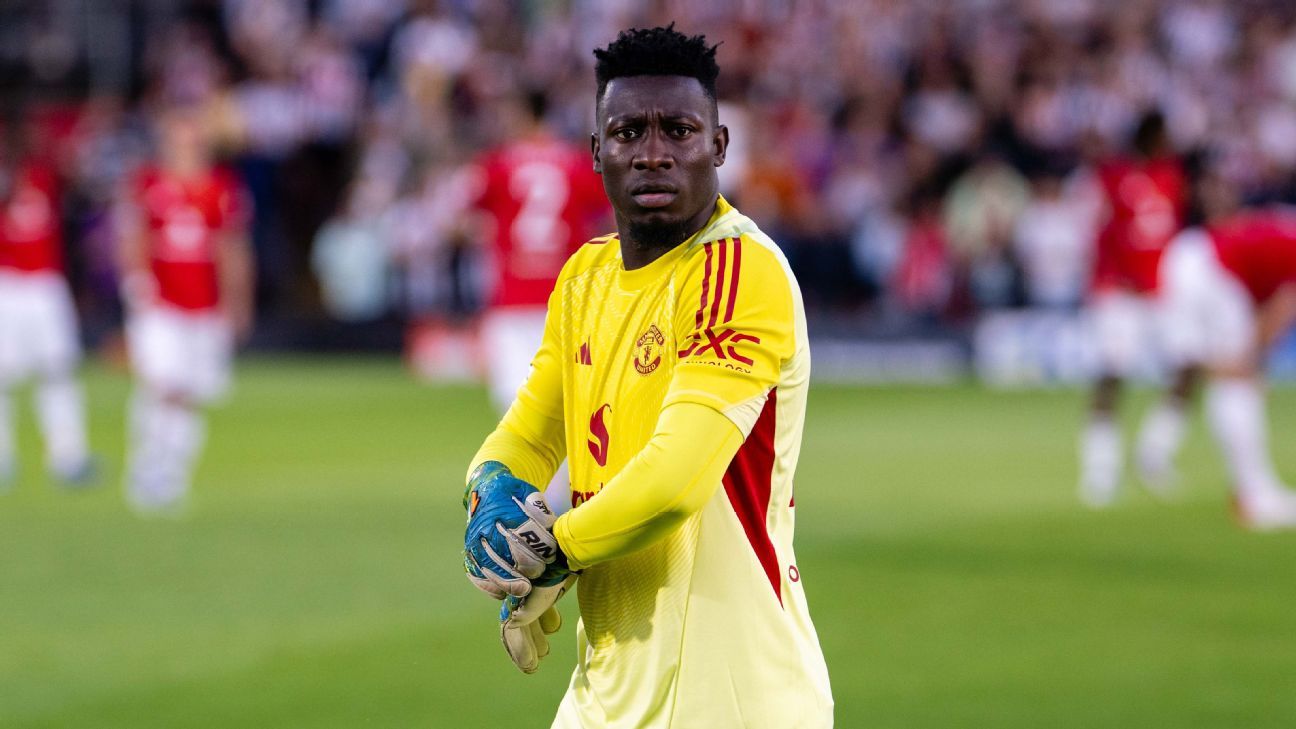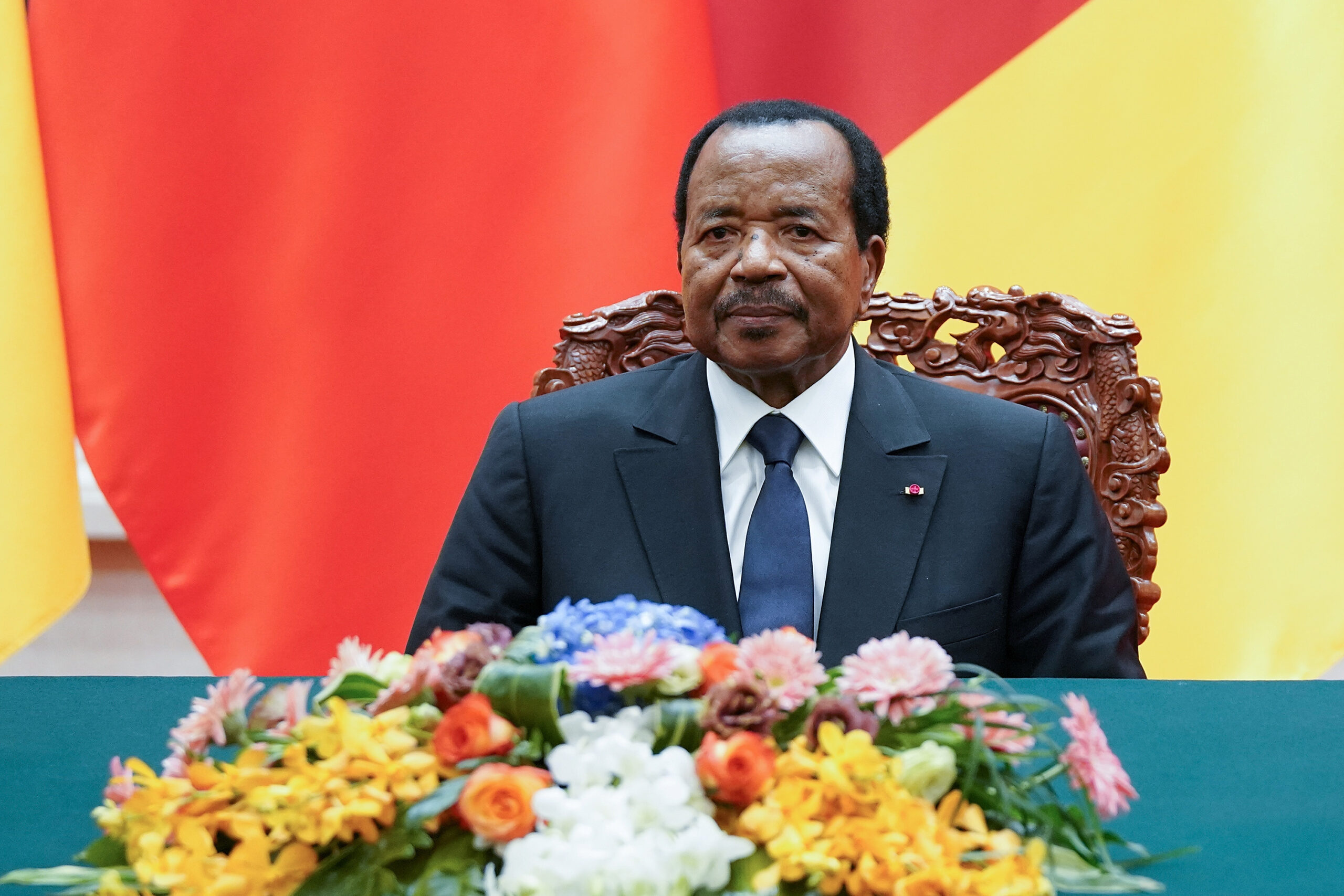Introduction: Understanding Forex Trading
If you’ve ever traveled abroad and exchanged your money for another currency, you’ve already participated in the foreign exchange market, commonly known as forex.
But forex trading goes far beyond travel money. It is the largest financial market in the world, with more than $7.5 trillion traded daily. Unlike the stock market, which is limited to specific exchanges, forex operates 24 hours a day, five days a week, across global financial centers.
So, what is forex, and how does it work? Let’s break it down.
What Is Forex?
Forex (foreign exchange) is the process of buying one currency while simultaneously selling another. Currencies are always traded in pairs, such as:
- EUR/USD – Euro vs. US Dollar
- GBP/JPY – British Pound vs. Japanese Yen
- USD/KES – US Dollar vs. Kenyan Shilling
The first currency in the pair is the base currency, and the second is the quote currency. The exchange rate tells you how much of the quote currency you need to buy one unit of the base currency.
For example:
If EUR/USD = 1.10, it means 1 Euro equals 1.10 US Dollars.
How Forex Trading Works
Forex trading happens electronically through a global network of banks, brokers, and financial institutions. It is decentralized, meaning there is no single physical exchange like the New York Stock Exchange.
Here’s a step-by-step of how it works:
- Choose a Currency Pair – Traders pick a pair, such as EUR/USD.
- Speculate on Price Movement – If you think the Euro will rise against the Dollar, you buy (go long). If you think it will fall, you sell (go short).
- Leverage and Margin – Brokers allow traders to control large positions with small deposits. For example, with 1:100 leverage, a $100 deposit can control $10,000 worth of currency.
- Profit or Loss – When the market moves in your favor, you make a profit. If it goes against you, you incur a loss.
Who Trades Forex?
Forex attracts different types of participants:
- Banks & Central Banks – Influence currency value through monetary policy.
- Corporations – Exchange currencies for international business.
- Institutional Investors – Hedge funds and asset managers.
- Retail Traders – Individual traders using online platforms.
Key Features of Forex Trading
- Liquidity – With trillions traded daily, forex is the most liquid market.
- Leverage – Traders can open large positions with small capital.
- Accessibility – Online platforms make it easy to start trading with as little as $10.
- Volatility – Price movements create opportunities, but also risks.
Risks of Forex Trading
While forex offers opportunities, it is also highly risky. New traders often lose money because of:
- High leverage amplifying losses.
- Market volatility and sudden price swings.
- Lack of knowledge or trading strategy.
Experts recommend using risk management tools, such as stop-loss orders, and never trading money you cannot afford to lose.
Why Forex Is Popular
- 24/5 Market Access – Trade any time of day or night.
- Low Entry Costs – Start with small capital.
- Global Reach – Affects everyone, as currencies power the global economy.
- Profit Potential – Opportunities exist in both rising and falling markets.
Conclusion: Should You Trade Forex?
Forex trading is not a get-rich-quick scheme. It is a high-risk, high-reward financial market that requires knowledge, discipline, and strategy.
For beginners, the best approach is to start with a demo account, learn how the market works, and develop a trading plan. With education and caution, forex can be a powerful tool for investment — but only for those prepared to manage its risks.




















